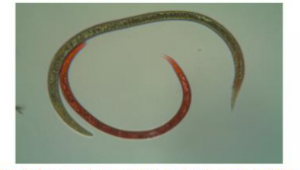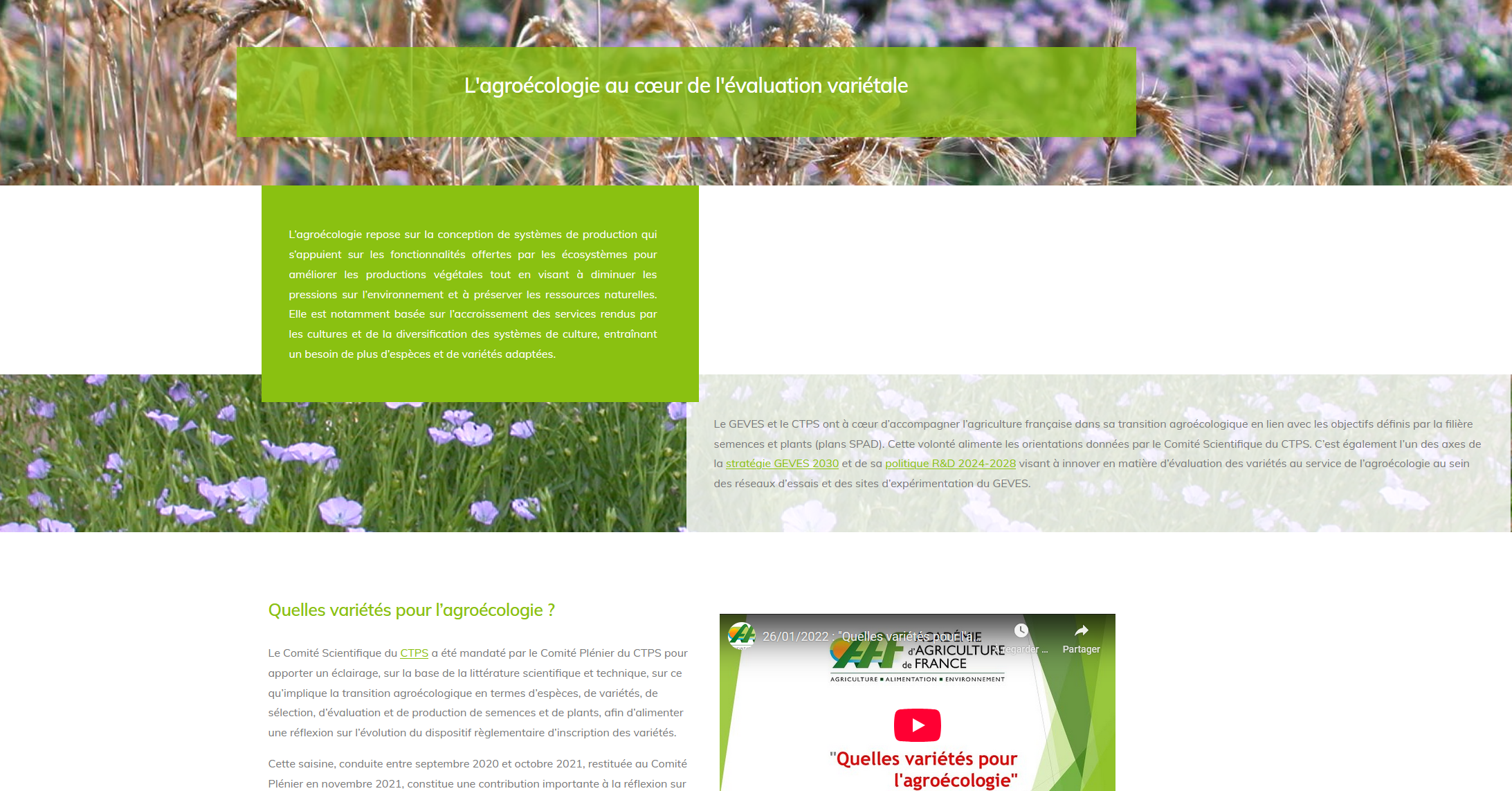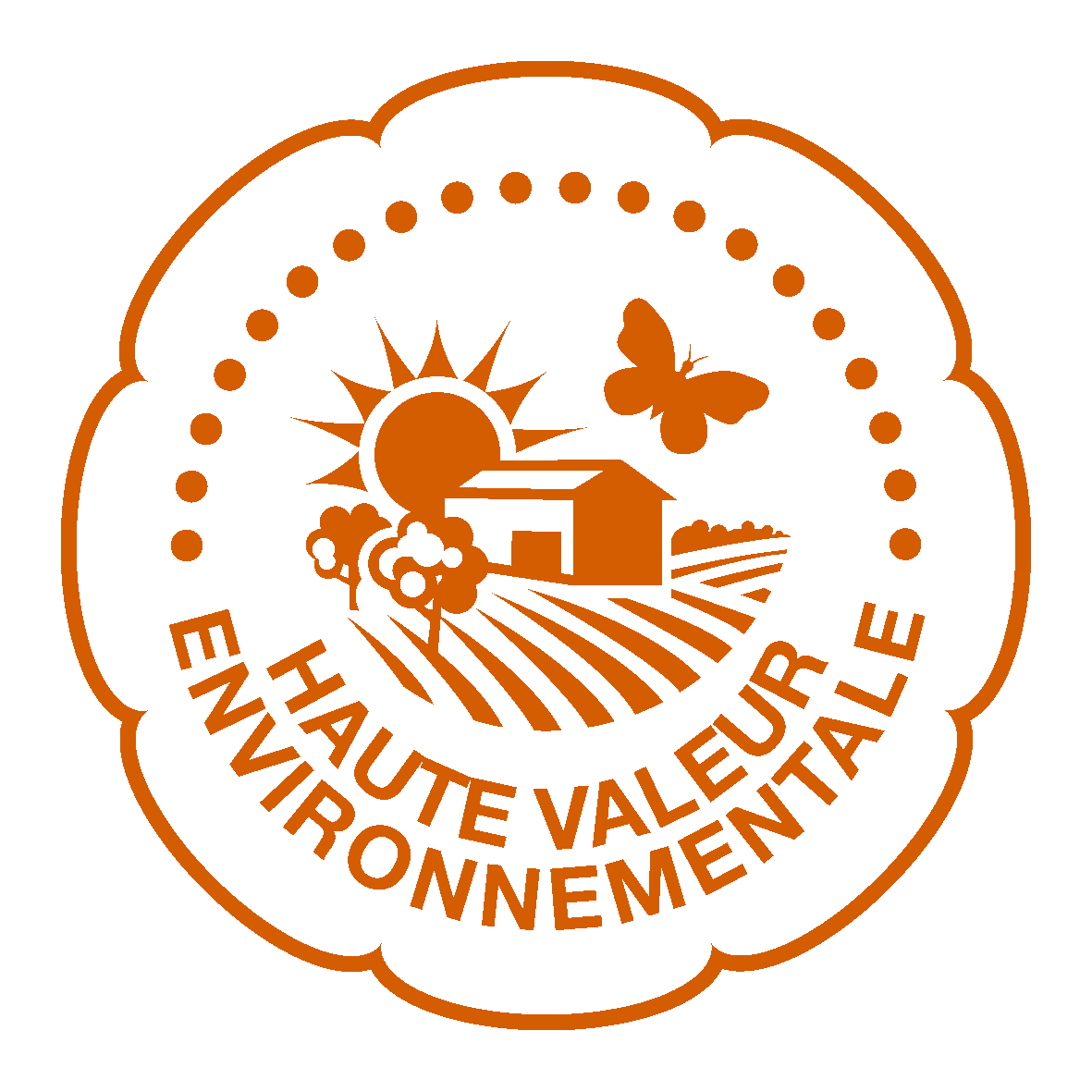
Dityluz: Development of tools for the detection and viability testing of stem nematode, Ditylenchus dipsaci, on alfalfa seeds (Medicago sativa L.). Development and assessment of a pest threshold
GEVES has implemented novel test methods for real-time PCR detection of Ditylenchus dipsaci as well as for confirming viability of nematode isolated. These methods were developed and validated in the Dityluz project funded by CASDAR, in partnership with UFS, FNAMS and ANSES-LSV.
The stem nematode, Ditylenchus dipsaci, is a threat to alfalfa seed production. D. dipsaci is also a quarantine pest on alfalfa seeds (Directive 2000/29/EC), only nematode free-seeds can be marketed. The viability of nematodes is not currently a factor in the French certification scheme. Therefore, seed lots are considered positive even if all the nematodes present are dead and pose no risk to the crop, this limits the application of alternative treatment techniques.

The Dityluz project (subsidized by CASDAR project funding) is based on a multilateralinnovative partnership involving the partners from the Seed sector (UFS and GNIS) and Public Research (ANSES and GEVES Pathology and Molecular Biology Laboratories) as well as scientific and technical experts (INRA and FNAMS). Using a diversity of techniques (molecular biology, morphobiometrics, staining…), the Dityluz project has allowed the development of tools to detect and differentiate live/dead nematodes in seed lots. A detection method on seed extracts by PCR (SE-PCR) was developed. The method involves seed wash concentration, DNA extraction and real-time PCR.
The method was validated in a ring test and performance criteria evaluated: the detection threshold was quantified to be a single D. dipsaci individual and sensitivity, specificity, repeatability and reproducibility were determined at 100%. This method, at a higher throughput than the traditional method based on the observation of extracted nematodes, allows a gain in time and capacity for analysis of alfalfa batches, from 60 samples to 100 samples per week, promoting faster batch release.
To assess the viability of D. dipsaci, a staining method was also developed and validated. It ensures the effectiveness of alternative treatment methods.
The results of this project were communicated to seed companies and the Official Control Service through the organization of a workshop. These could be developed on other seed species.
The outcome of the Dityluz project can be used to improve the operational measures in the certification scheme for alfalfa seed lots.

The development of new methods is an integral part of GEVES missions and know-how. Both the SE-PCR and the viability staininhg methods can now be provided by the GEVES laboratory as a testing service.
ORGEUR G. and BALDWIN T.K.





